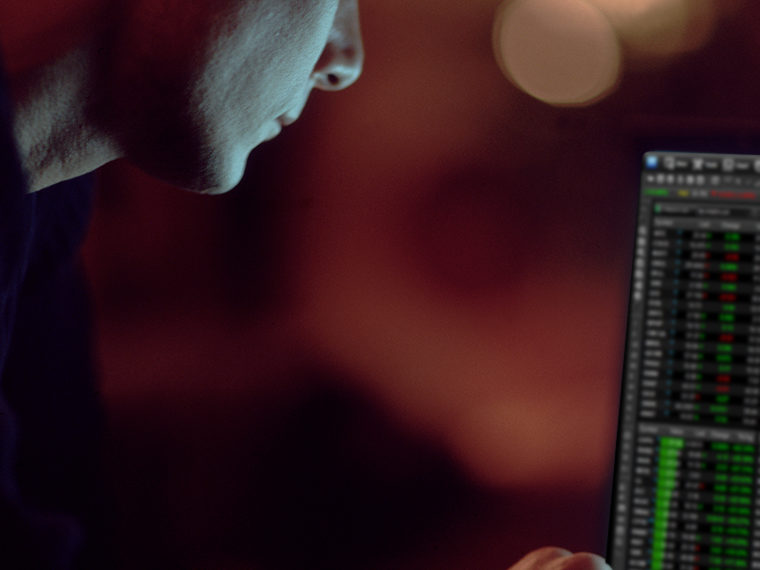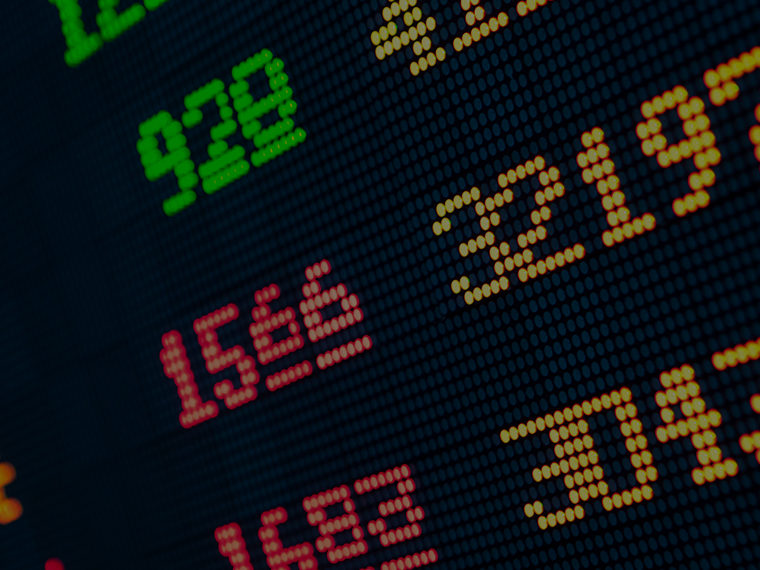SEC encourages graphics in disclosures, but this practice may help executives more than shareholders
From the 15,000-year-old painted walls of the Lascaux Cave in southwestern France to today’s decidedly more prosaic Ikea furniture assembly instructions, visual communication is a part of the human experience.
Research published in the Review of Accounting Studies suggests it may also be a means by which corporations manage to temporarily goose stock performance on social media.
Back in the day when Twitter was (literally) still Twitter — i.e., a centralized meeting place where actual news was disseminated and then shared by users — UCLA Anderson’s Siew Hong Teoh, University of Illinois at Chicago’s Alexander Nekrasov and Chinese University of Hong Kong’s Shijia Wu found that when corporations tweeted earnings information that included an image or a video, it grabbed significantly more attention than a text-only tweet.
One-Off News Merits an Image
They present evidence that firms that use visuals tend to do so when there is good earnings news. Not exactly surprising, but the researchers put forward a consequential nuance: Management seems to use visuals when the earnings surprise is more of a one-time event, not part of a long-term pattern of outperformance that makes a case for persistent value building.
And such “opportunistic” visual tweets may deliver for management, though not investors.
Teoh, Nekrasov and Wu find that the stock price of firms with a visual earnings tweet jumped about 2% more than the market return in the three-day window around the earnings announcement. There’s no harm or foul in that if the tweet was effectively disseminating important news to the marketplace that shifted investor’s fundamental valuation of the firm.
But the stock jump seems to just be a temporary boost. The researchers looked at where the stock price landed in the days leading up to the next earnings announcement and found that on average it had fallen back by roughly the same 2%.
“The evidence of a return reversal suggests that investors overreact to earnings announcements with visuals,” they write.
This insight is at odds with the very reason the Securities and Exchange Commission has endorsed the use of visuals in financial disclosures: to help investors better understand data. The authors suggest that the only beneficiary from visually enhanced tweets may be management, which can “exploit temporary good earnings news” by drawing attention with a visual tweet, to act “opportunistically,” in selling shares or exercising options.
Tweets With Images Re-Tweeted 5.7 Times More
This research expands on the limited attention theory Teoh and David Hirshleifer introduced in a 2003 Journal of Accounting and Economics article when both were at Ohio State. That work established that stock price performance can “drift” following an earnings announcement as not all investors are immediately aware of consequential news. They found that when investors are more attentive to an earnings announcement, the price more quickly reflects the news.
For this study, Teoh, Nekrasov and Wu focused on S&P 1500 firms that made use of visual earnings tweets between 2011 (when Twitter first enabled the inclusion of graphics) to 2018. Though more than three-quarters of tweeting firms didn’t use graphics, they still had a robust data pool of nearly 14,000 quarterly earnings announcements from 679 firms that did.
And those visually enhanced earnings tweets grabbed eyeballs. Using retweets as a proxy for investor attention, the researchers found that a tweet with a graphic or video was 5.7 times more likely to be retweeted than one that didn’t.
Interestingly, the researchers showed this was true even at the firm level, suggesting retweets are not purely a function of investor interest in a given company. A company that put out multiple earnings tweets on the same day — with and without visuals — saw more engagement for its tweets that included a photo, graphic or video.
Buttressing this Twitter-specific finding is the fact that, for firms following their visual earnings tweet, Google searches were 27% higher than average earnings-day searches.
That visual tweets are a shiny object that grabs more investor attention is at the end of the day a “double-edged sword” according to Teoh, Nekrasov and Wu. The SEC’s intention in various initiatives that have supported the inclusion of visuals in financial disclosure would seem to be served by visual tweets, as they increase investor engagement. But what makes sense in principle — knowledge is power — can backfire when it is strategically deployed by management eager to take advantage of some temporary good news.
While Twitter may no longer be the central village square for sharing of corporate earnings news, it is reasonable to assume a new gathering spot will emerge. This research suggests investors fine-tune their manipulation radar when encountering a visually enhanced positive earnings announcement post. It may be a management ploy to get a temporary stock boost out of an outlier quarter of surprisingly good news that is not part of a persistent trend of firm growth.
Featured Faculty
-
Siew Hong Teoh
Lee and Seymour Graff Endowed Professor; Professor of Accounting
About the Research
Teoh, S.H., Nekrasov, A., Wu, S. Visuals and attention to earnings news on twitter (2021) Review of Accounting Studies.






